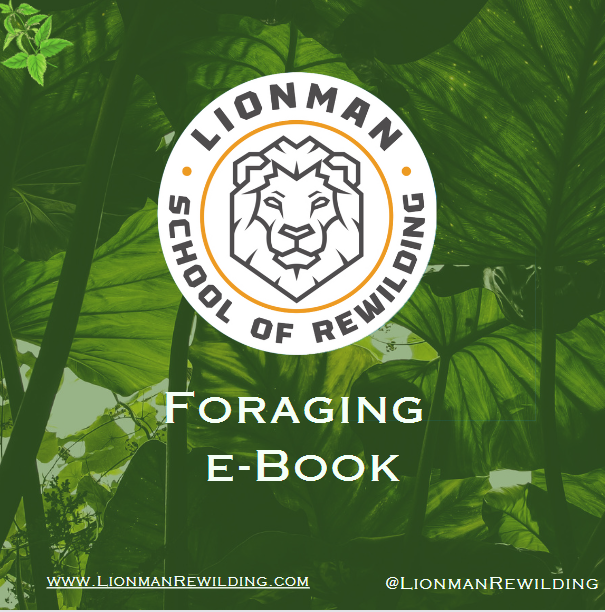Write your awesome label here.
🌿 Yucca: The Popeye of Plant Fibers
Mom's Garden
Growing up, the crime for tampering with my mom’s garden was worse than getting arrested for robbing a bank. I heard the name across many SPT (Society of Primitive Technology, if you can get your hands on a journal, don’t let go) journals, its utility used for various applications throughout the country, and here it was conveniently in our driveway garden. I was able to collect the stalks once they had grown enough to fall over, which we will touch on later, but it wasn’t until a camping trip where I wandered off a beaten path to uncover a plant, unclaimed by anyone in all its glory, that I was able to familiarize myself with its unique strength. In this article, our focus will be the it’s incredibly strong fibers and how its leaves and how they have played a role in indigenous lifeways, and how if you happen to find a bounty, how you could use it for your own good
Write your awesome label here.
🌿 Yucca: The Popeye of Plant Fibers
History and Use
There are a few different species of yucca and it goes by various common names, including the common perennial, Our Lord’s Candle (for its flowers), and Spanish Bayonet (for its sturdy, sharp leaves). It was widely used by southwestern cultures for weaving, medicine, and culinary applications. The leaves are strong enough to be woven into sandals, and impressively strong cordage that rivals steel chain, figuratively of course.
Multiple parts of the plant were edible. The flowering stalk could be eaten green and roasted, and the bulb where the root and stem join (referred to as the apical meristem) was roasted in the coals, preferably within an oven. The roasted seeds could also be eaten or turned into flour.
For those who are not pyrotechnically inclined, like myself, the dried stalk makes an excellent hearthboard when paired with a harder spindle for a hand drill or bow and drill, and if your scratching the surface of primitive fire making this is an excellent place to start given it’s combustion temperature is lower then normal wood.
The root contains saponins, chemicals that are responsible for soap! By pounding pieces of the root, these chemicals are released and when combined with water form a lather, which is then used to clean anything from arms to baskets
Write your awesome label here.
🌿 Yucca: The Popeye of Plant Fibers
How to Process Yucca Leaves
Write your awesome label here.
🌿 Yucca: The Popeye of Plant Fibers
Incorporation Into Our Classes
Write your awesome label here.
🌿 Yucca: The Popeye of Plant Fibers
References
🌿 Yucca: The Popeye of Plant Fibers
Learning Foraging:
Join us for our new 16-week semester ReWilding courses and receive hands-on, in-person lessons. Learn about how to identify local native plants, forage from the earth, and much, much more. Join us today!
Click To View All LMSR Courses
Click To View All LMSR Courses


